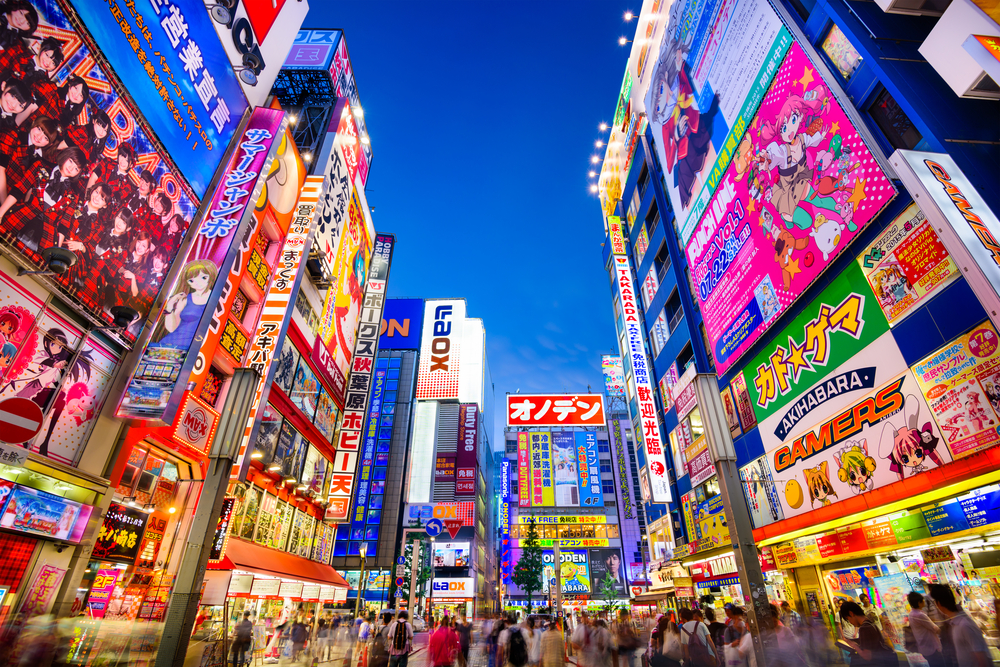
With the fifth-highest suicide rate in the world, it might seem that Japan doesn’t do much to emphasize mental well-being. But psychiatrist Layla McCay says there’s actually a lot we can learn about supporting mental health from Tokyo, a bustling metropolis with a population of over 9 million.
Through the Center for Urban Design and Mental Health, McCay is studying how urban planning affects mental health. A healthy city has green spaces, active spaces, social spaces, and safe spaces, according to the Center. In addition to Tokyo, the Center will also examine the mental health impact of urban spaces like Montreal; Hong Kong; Wroclaw, Poland; and Morristown, New Jersey.
“This is the first step in a process in which cities around the world learn from each other about urban design and mental health,” McCay told CityLab. “Even if societies think differently about mental health, the challenges are the same and the people are the same. We can all teach each other.”
In a new report in the Journal of Urban Design and Mental Health, McCay outlines her Tokyo findings after consulting with public health specialists, academics, mental health specialists, urban planners, developers and architects.
She found that despite the culture of “karoshi” (“death from overwork”), which coincide with higher rates of stress, stroke, and suicide, the government makes an effort to create tranquil spaces for stressed out city dwellers. According to the BBC, around 2,000 people die each year in Japan from being overworked.
Government initiatives promote creating and expanding green spaces in the city. For example, the Tokyo Metropolitan Government offers workshops and tax incentives to encourage city dwellers to have plants on rooftops, parking lots, and more.
Another initiative connects people living in Tokyo with professional designers who work together to create little pockets of greenery throughout the city. Establishing these spaces in Tokyo’s numerous pedestrian-friendly side streets offers residents a peaceful respite from hectic city life. McCay says, “It can feel like you’re walking through a park.”
McCay says these public spaces promote both physical and emotional well-being. “Thanks to their focus on greenery, walkability, and beauty, many of the spaces designed to help improve physical health exert similarly positive effects for mental health problems like anxiety and depression,” said McCay.
According to the report, the government also touts the benefits of “forest bathing”—in Japanese: shinrin-yoku. People living in the city can escape to “official shinrin-yoku trails” that are just a train ride away. Some Japanese employee health plans include visits to these trails, to allow “an opportunity for city dwellers to spend leisurely time in the forest without any distractions,” the report said.
